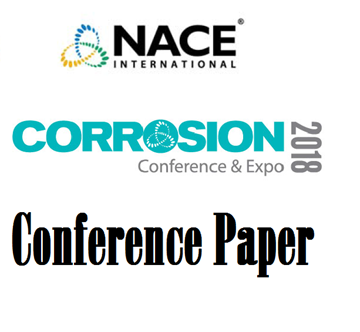Search
07243 Localized Corrosion Susceptibility of Cu-Ni Alloys in Chloride Containing Environments
Also Purchased
07261 Electrochemical Behavior of Copper-Nickel Alloy CUNI 90/10 in Chlorinated Seawater under Stagnating Conditions
Product Number:
51300-07261-SG
ISBN:
07261 2007 CP
Publication Date:
2007
$20.00
51318-11418-Effect of chlorination on corrosion of 90-10 Cu-Ni alloy for ballast water system
Product Number:
51318-11418-SG
Publication Date:
2018
$20.00
00642 ELECTROCHEMICAL BEHAVIOR OF SUPER STAINLESS STEEL, TITANIUM AND CU-10%NI ALLOYS IN BRACKISH WATER
Product Number:
51300-00642-SG
ISBN:
00642 2000 CP
$20.00




